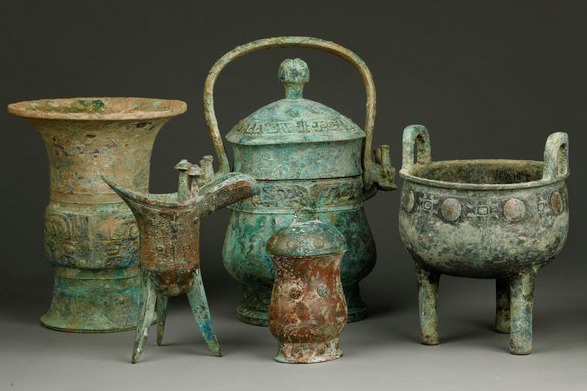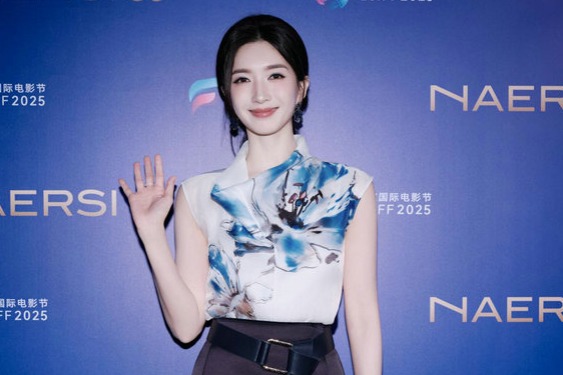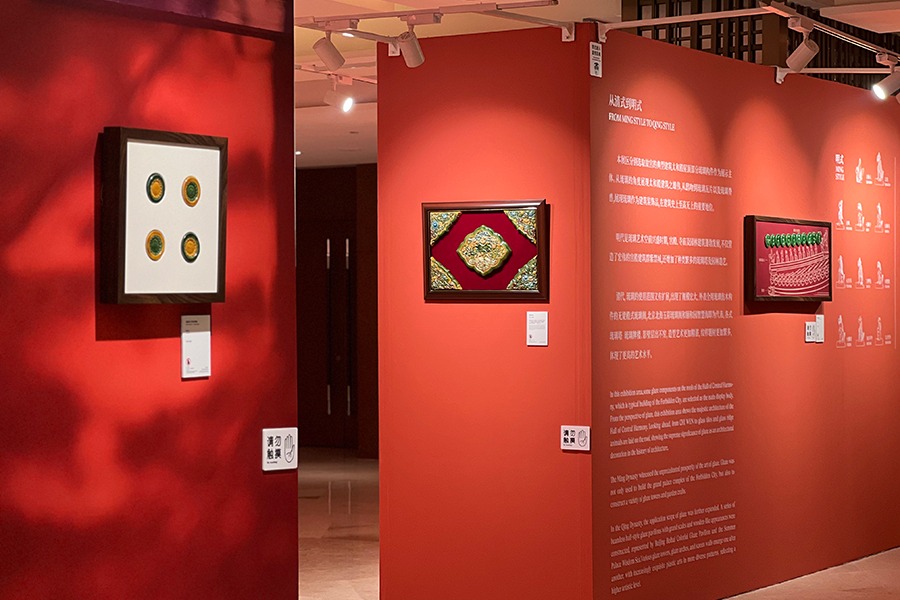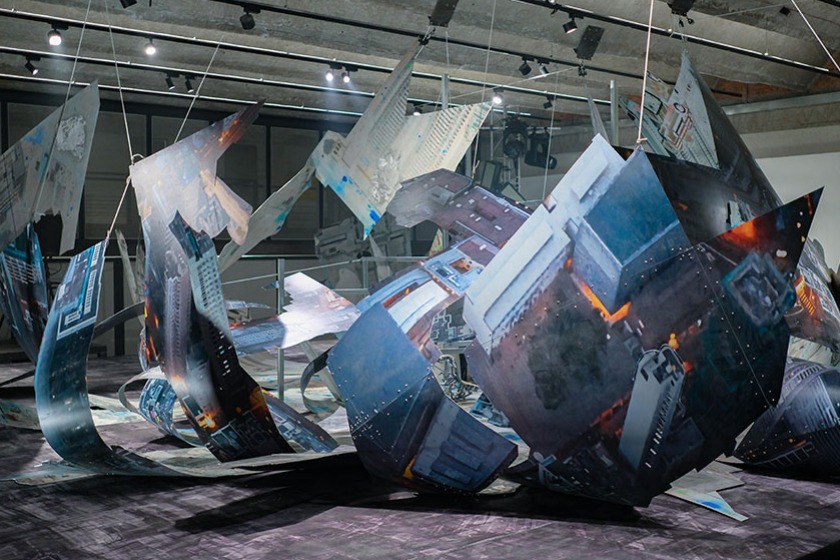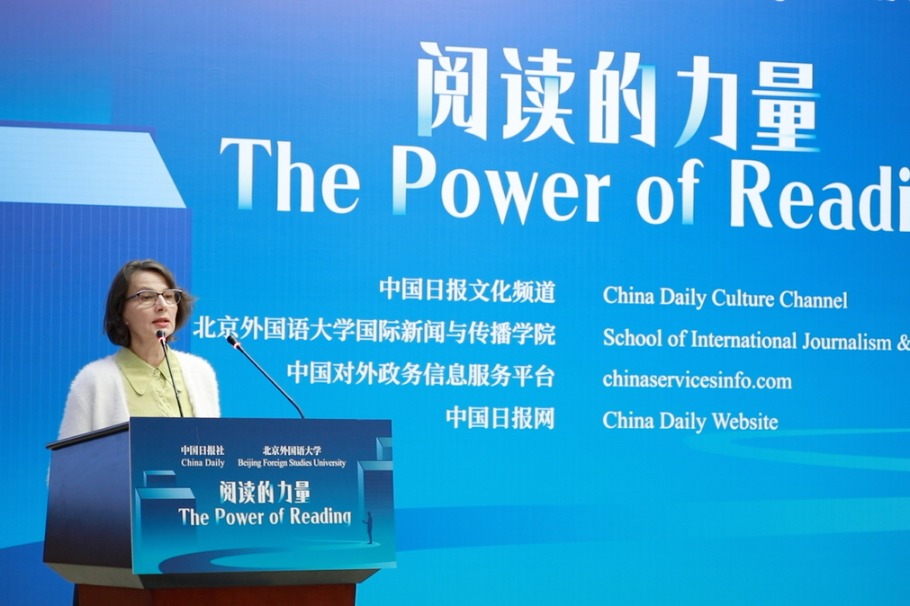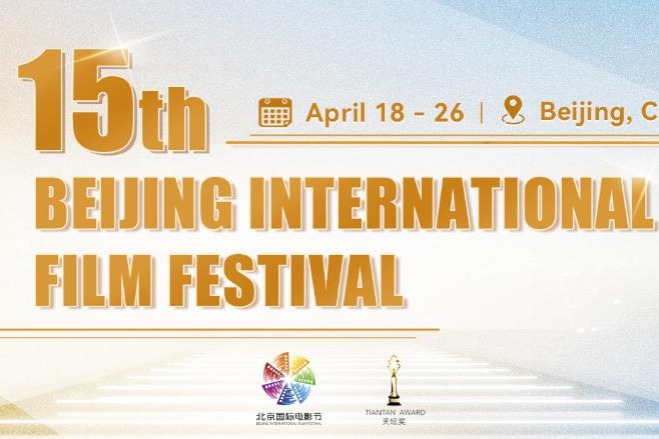AI drama thinks inside the box

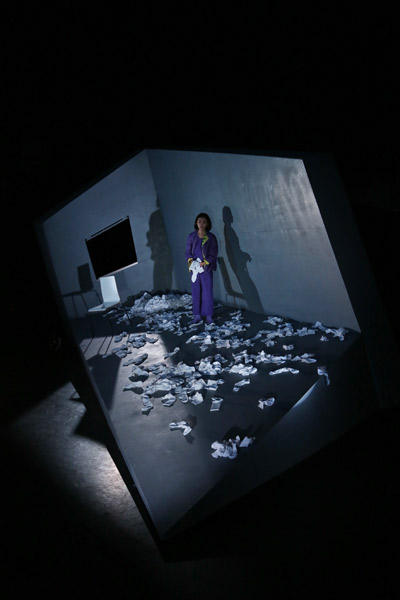
Wang says the stage design was intended to present the relationship between Dee and D-1: "The entire space is D-1, in which the AI hub has conversations with Dee. We could say that Dee is continuously trapped in the cocoon of a room dominated by advanced technology."
For the first half of the play, Dee and D-1 are prevented from communicating with each other due to technical hitches, and the dialogue is presented as two interweaving monologues. In the second half of the play, they begin to converse with each other, discussing a range of everyday issues.
Chen says the play is mainly built on two theories, Marshall McLuhan's theory of understanding media as an extension of humans and Jacques Lacan's theory of the "mirror stage".
"McLuhan's theory has had a profound impact on me. In my theater works, I often deal with different kinds of digital media, the influences on people exerted by the media, and the different relationships between the media and people. This is the life we are living today.
"Lacan's statement of how infants discover who they are for the first time in the mirror seems to be very similar to how modern people are confronted with technology and digital media," she says.
There is also a feminist side to the play, where both socks and high heels are used as key forms of imagery. In one scene, the protagonist is shown to dance in one high heel, while in another, she tries to put on the precarious shoes on top of layers and layers of socks.
"It seems to me that high heels symbolize a kind of discipline imposed on women by society, and this discipline may sometimes be internalized by women themselves," Chen says.
"Socks and high heels obviously don't go together. The more socks you put on, the more difficult it is to wear those shoes. How people wrap themselves up in ever more layers is also how I imagine future society-as technology helps us to do more things, people will live more independently and need others less."
Contact the writer at [email protected]



















